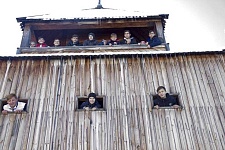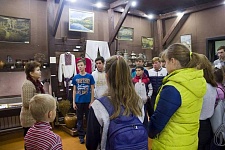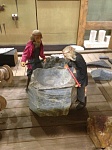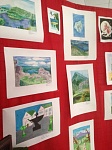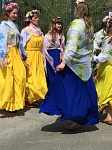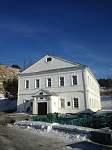To the Roots of Russia’s Stonecutting Art
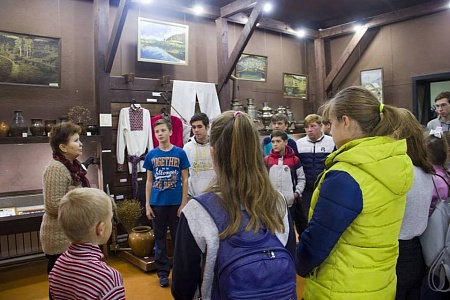
Kolyvan village is known as a national centre for stonecutting with a 200-year long history.
Village of Kolyvan, one of the oldest settlements in the Altai region (Siberia). Located 86 km from the administrative centre, the town of Barnaul, 3,800 km from Moscow. Population – 1,150 people.
Project Description
Kolyvan village is known as a national centre for stonecutting with a
The 2017 project aimed to raise the social status of stonecutting and to recruit young specialists into the profession, ensuring that the rich cultural traditions of the community do not become forgotten. The team developed a public programme of events and activities, including tours of the Kolyvan stonecutting plant, local
As a result of the first phase, three young specialists have been employed by the Kolyvan stonecutting factory. For the first time in 20 years, it has been agreed to run an apprenticeship scheme for students and to offer
Objectives of the next phase
The next phase will focus on expanding the project’s reach by engaging new partners from surrounding areas, building an effective collaborative network. A culture and tourist centre will open in the nearby village of Kamenka and become a local activities hub, arranging temporary exhibitions and permanent displays; developing mountain trails and hiking routes; organizing expeditions, learning, cultural, and sports events for all age groups; and promoting local traditions and customs. Visitors will be able to get detailed information about the local tourist offer, and heritage and natural sites, as well as buy organic produce and handmade souvenirs. Furthermore, the centre will become an experimental ground for the development of local initiatives and an important community space for networking and sharing ideas.
At the moment, tourism in the area is practiced in a sporadic and seasonal way. The
Gallery
Project team




